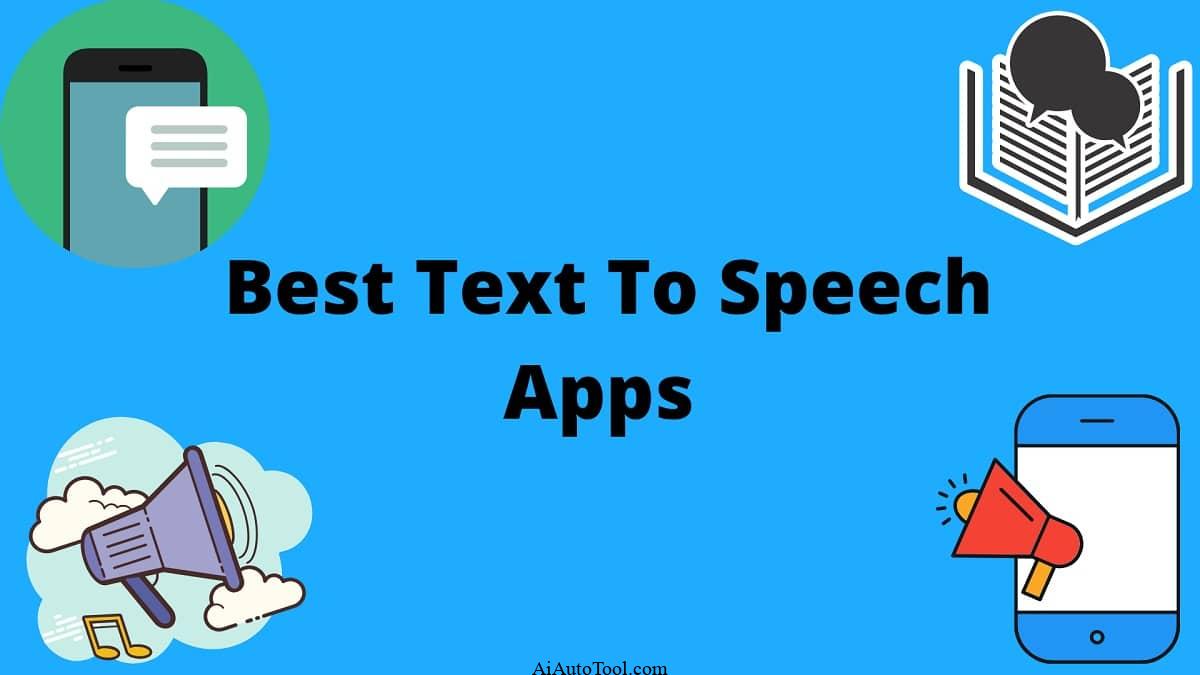[foxdark]
[Text to Speech]

Executive Summary

Text-to-speech (TTS) technology converts written text into natural-sounding speech, transforming written content into an accessible and engaging experience. With its versatility across industries and applications, TTS has revolutionized communication, entertainment, and assistive technology. By leveraging advanced AI algorithms and machine learning, TTS solutions offer a range of benefits, including increased accessibility, enhanced user engagement, and improved efficiency.

Introduction
Text-to-speech (TTS) technology has become an integral tool in the modern digital landscape. It allows computers and devices to read aloud written text, opening up new possibilities for communication, education, and entertainment. This article delves into the world of TTS, exploring its benefits, subtopics, and impact on various industries.
FAQs
1. What is the difference between text-to-speech and speech-to-text technology?
TTS converts text into speech, while speech-to-text converts speech into text. TTS enables computers to read aloud written content, while speech-to-text allows users to input text using their voices.
2. What are the key benefits of using TTS technology?
TTS offers several benefits, including increased accessibility for individuals with disabilities, enhanced user engagement by making content more interactive, and improved efficiency by automating the process of reading aloud written text.
3. What industries and applications commonly use TTS technology?
TTS has widespread applications across industries such as education, healthcare, publishing, entertainment, and customer service. It is used for assistive technology, e-learning, product demonstrations, and even voice-controlled devices.
Subtopics
1. Natural Language Processing (NLP)
NLP is a subfield of AI that deals with the interaction between computers and human (natural) languages. TTS systems leverage NLP techniques to analyze the structure and meaning of written text, enabling them to generate speech that is both accurate and natural-sounding.
- Lexical Analysis: Breaking down text into individual words and analyzing their meanings.
- Syntax Analysis: Determining the grammatical structure and relationships between words.
- Phonological Analysis: Converting text into speech sounds based on pronunciation rules.
2. Speech Synthesis
Speech synthesis is the core component of TTS systems, responsible for generating speech output from text input. It involves the following processes:
- Text Normalization: Converting input text into a standard format for synthesis.
- Prosody Generation: Adding emotions, intonation, and rhythm to the synthesized speech.
- Audio Generation: Producing the final speech audio output using advanced algorithms.
3. Voice Customization
TTS systems offer voice customization options, allowing users to choose from a range of voices with different accents, genders, and styles. This enhances the user experience by making the synthesized speech sound more natural and engaging.
- Voice Cloning: Creating synthetic voices that mimic specific individuals, including celebrities or brand ambassadors.
- Voice Enhancement: Improving the quality of existing voices by removing background noise and other imperfections.
- Voice Design: Creating new and unique voices for specific applications or characters.
4. Accessibility and Inclusivity
TTS plays a crucial role in making digital content accessible to individuals with disabilities, including those with visual impairments or reading difficulties. It allows them to independently access information and communicate with others, promoting inclusivity and equal access to knowledge.
- Screen Readers: TTS is integrated into screen readers, enabling users with visual disabilities to navigate and listen to digital content.
- Assistive Communication: TTS devices help individuals with speech impairments communicate and interact with others.
- Language Learning: TTS can assist language learners by providing pronunciation and intonation guidance.
5. Engagement and Entertainment
TTS has transformative applications in entertainment, engaging users with interactive and immersive experiences. It is widely used in:
- Video Games: Providing voiceovers for characters and narration.
- E-Books: Allowing users to listen to books or articles instead of reading them.
- Interactive Storytelling: Creating voice-controlled stories and experiences that respond to user input.
Conclusion
Text-to-speech technology has revolutionized the way we interact with written content. By converting text into natural-sounding speech, TTS empowers individuals with disabilities, enhances user engagement, and transforms communication, education, and entertainment. With continuous advancements in AI and machine learning, TTS will continue to play an increasingly vital role in our digital world, making information and experiences more accessible, interactive, and enjoyable.
Keyword Tags
- Text-to-Speech (TTS)
- Natural Language Processing (NLP)
- Speech Synthesis
- Voice Customization
- Accessibility and Inclusivity
